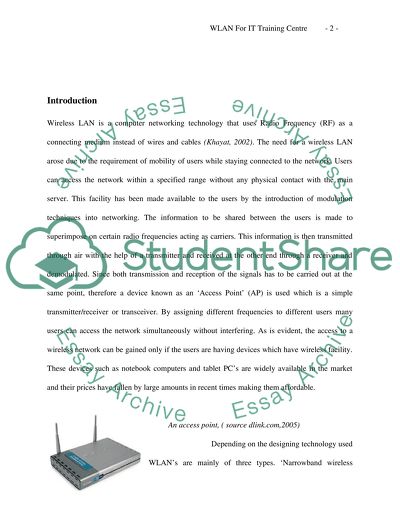Cite this document
(“Wireless Network System for an IT Training Centre Assignment”, n.d.)
Wireless Network System for an IT Training Centre Assignment. Retrieved from https://studentshare.org/technology/1512826-wireless-network-system-for-an-it-training-centre
Wireless Network System for an IT Training Centre Assignment. Retrieved from https://studentshare.org/technology/1512826-wireless-network-system-for-an-it-training-centre
(Wireless Network System for an IT Training Centre Assignment)
Wireless Network System for an IT Training Centre Assignment. https://studentshare.org/technology/1512826-wireless-network-system-for-an-it-training-centre.
Wireless Network System for an IT Training Centre Assignment. https://studentshare.org/technology/1512826-wireless-network-system-for-an-it-training-centre.
“Wireless Network System for an IT Training Centre Assignment”, n.d. https://studentshare.org/technology/1512826-wireless-network-system-for-an-it-training-centre.


